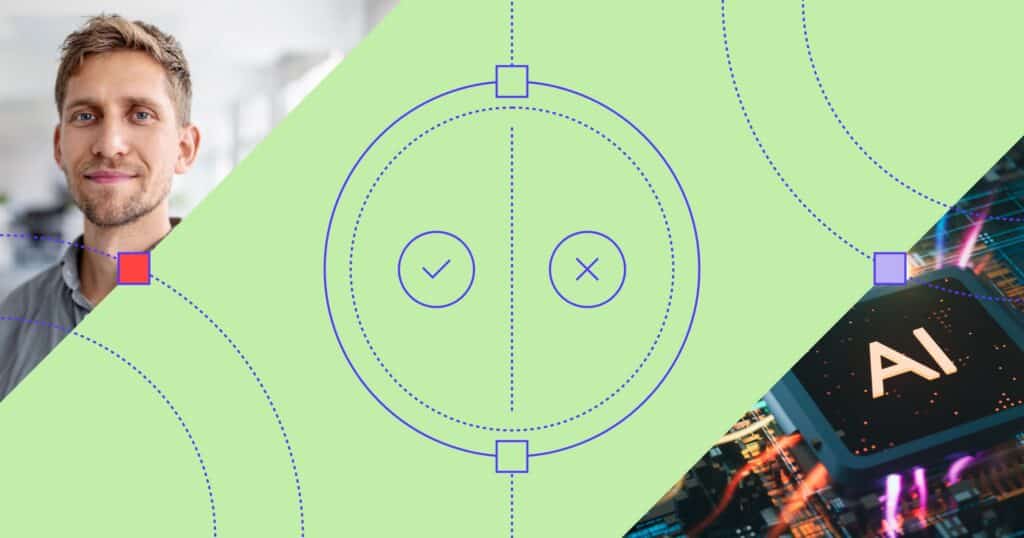
In a world increasingly driven by technology, artificial intelligence (AI) is revolutionizing many, if not all, industries — including design. AI promises speed, efficiency, and data-driven precision, but it lacks certain irreplaceable human qualities. When it comes to creating impactful designs, human designers bring something special to the table. Here are five key benefits of working with human designers vs AI.
1. The Power of Creativity
Creativity is inherently human. It’s the spark that allows designers to think outside the box, break conventions, and come up with innovative solutions. Human designers draw inspiration from a myriad of sources — art, nature, emotions, conversation, and even random epiphanies — resulting in original and captivating designs. While AI can mimic creative processes, it lacks the spontaneity and intuition that drive true creativity, often leading to designs that feel formulaic and uninspired.
While designers may widely embrace using AI tools within the design process — it does not eliminate the need for designers. Human designers provide AI tools with prompts, harness the AI data it collects, and apply their skill set, knowledge, and passion to craft a working solution.
2. The Importance of Personal Experiences
Human designers bring their unique life experiences into their work, adding layers of depth and authenticity. These experiences shape their perspectives, influence their creativity, and drive their problem-solving approaches. A designer who has traveled extensively might bring a global sensibility to a project, while another who’s passionate about sustainability could incorporate eco-friendly elements seamlessly.
This personal touch ensures that the designs are not just functional but resonate on a deeper, more emotional level. AI, in contrast, relies on pre-programmed data and algorithms, often resulting in a lack of depth and relatability.
3. The Understanding of Human Behavior
Understanding human behavior is crucial for effective design, and human designers excel at this. They can anticipate user needs, empathize with their frustrations, and create intuitive interfaces that provide seamless experiences. AI can analyze user data and predict patterns, but it often falls short in understanding the nuanced motivations and emotional responses of real people.
Even data generated from AI needs to be researched and tested in the real world. Human actions do not always line up with what AI has gathered from various sources. After all, if humans are the ones using your product, website, or application — their needs should be fully considered. Human designers bridge this gap, ensuring designs are not just functional but genuinely user-friendly.
4. The Focus on Cultural Context
Culture shapes the way we perceive and interact with the world. Human designers are naturally attuned to these subtleties. They understand the significance of colors, symbols, and themes within different cultural contexts, ensuring their designs are both relevant and respectful.
AI might generate designs based on statistical data, but it often misses these nuanced cultural cues related to the specific time, location and use case — often leading to designs that are disconnected from the intended audience.
5. The Need for Emotional Connection
Design is about more than just aesthetics and functionality; it’s about creating an emotional connection with users. Human designers have the unique ability to evoke emotions through their work, crafting experiences that resonate on a deeper level.
Whether it’s the joy of a beautifully designed product or the comfort of a user-friendly interface, these emotional connections drive user engagement and loyalty. AI, while capable of optimizing for efficiency, lacks the capacity to create such meaningful, emotional bonds.
Conclusion
While AI brings impressive capabilities to the design process, the irreplaceable qualities of human designers remain essential. Their creativity, lived experiences, understanding of human behavior, cultural awareness, and ability to forge emotional connections make them indispensable. As we continue to explore the potential of AI in design, let’s not forget the profound impact of the human touch.
After all, the most memorable and impactful designs are those that speak to the heart as well as the mind.
Want to learn more about our creative and strategic expertise in all things graphic design? Let’s connect!